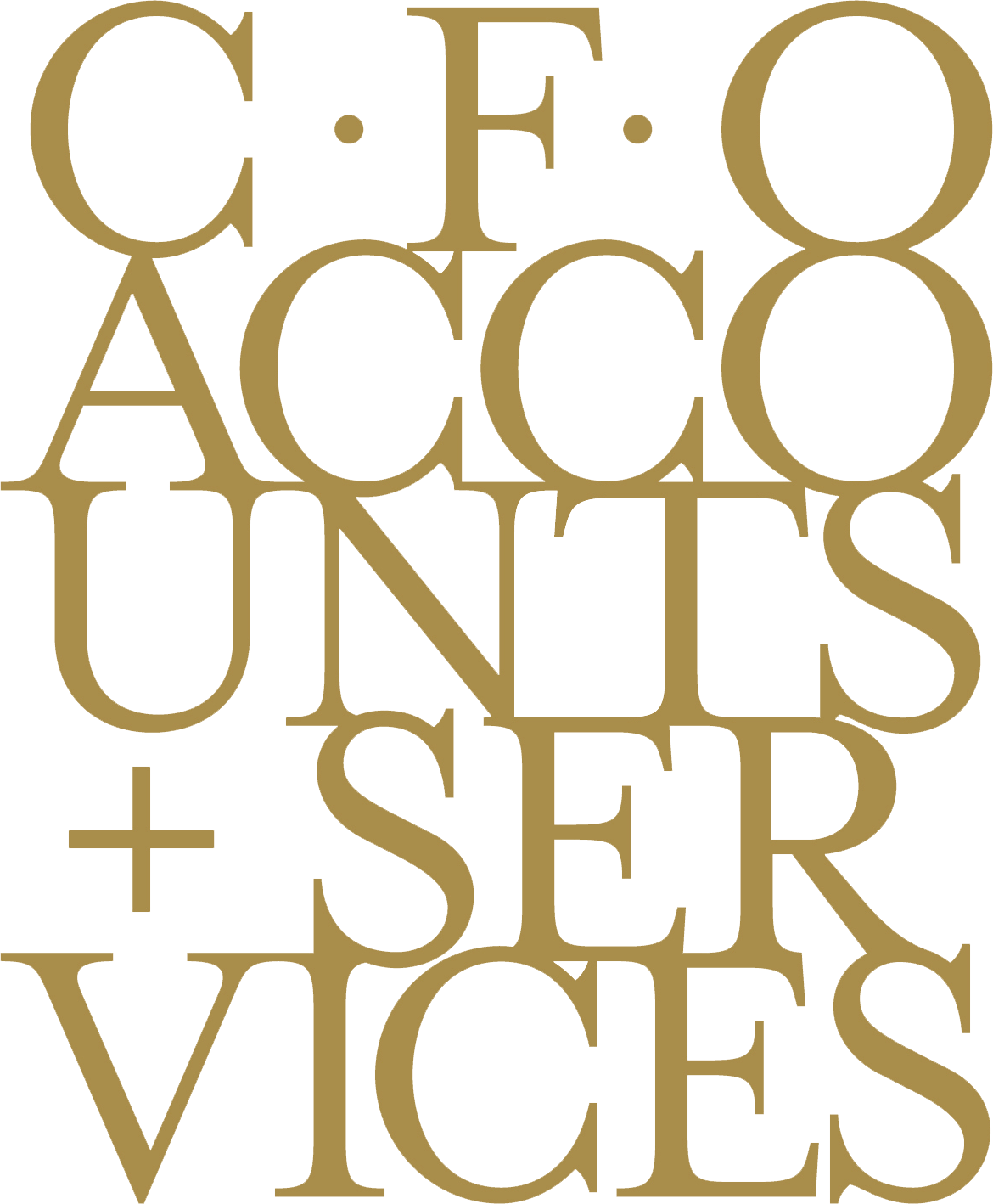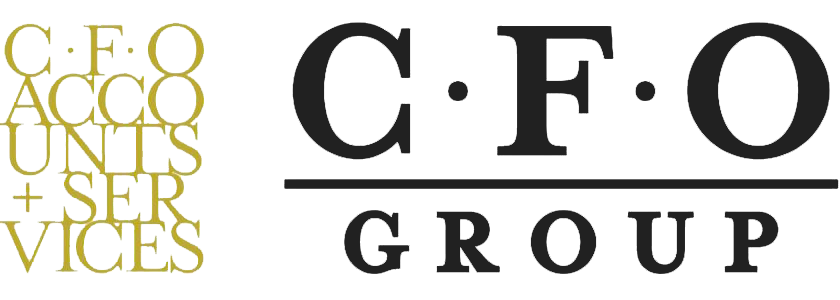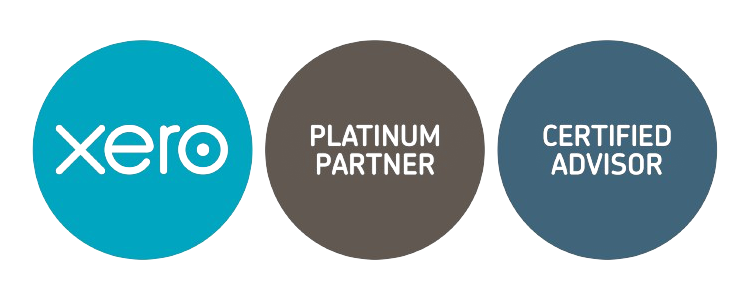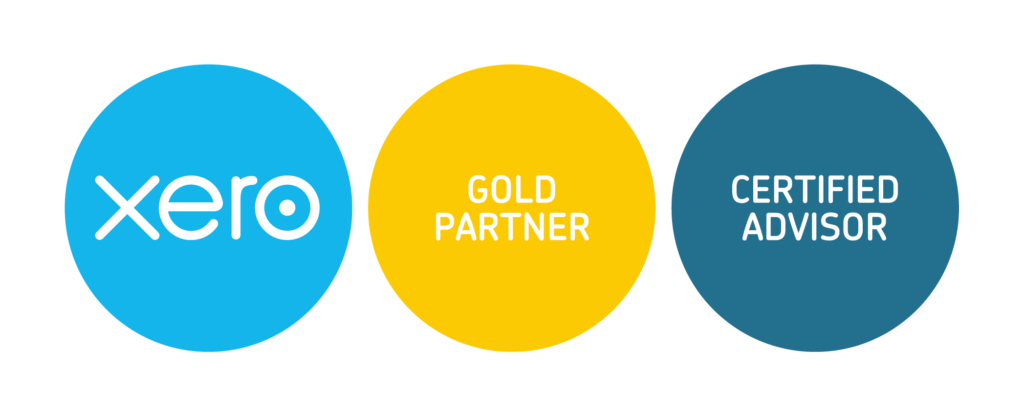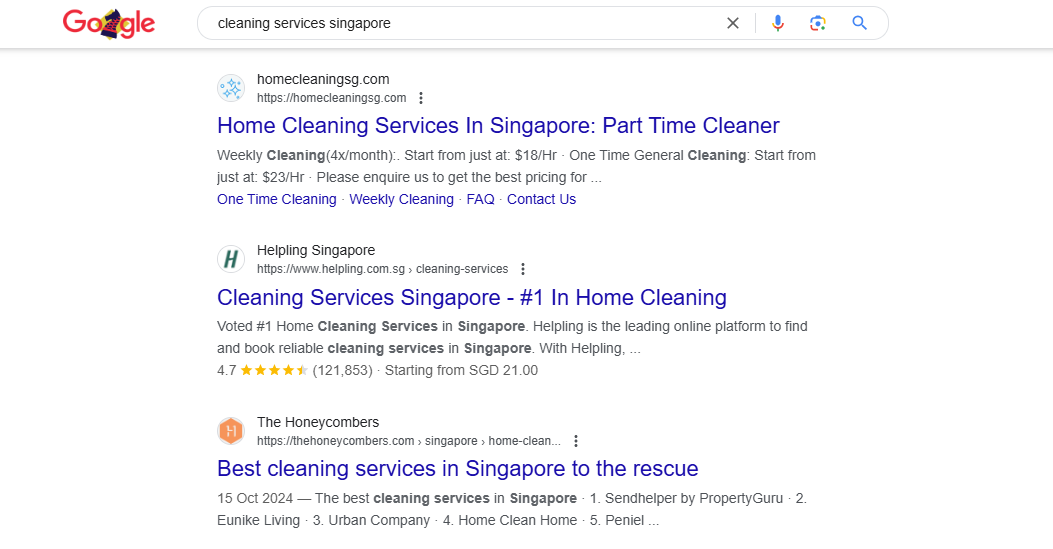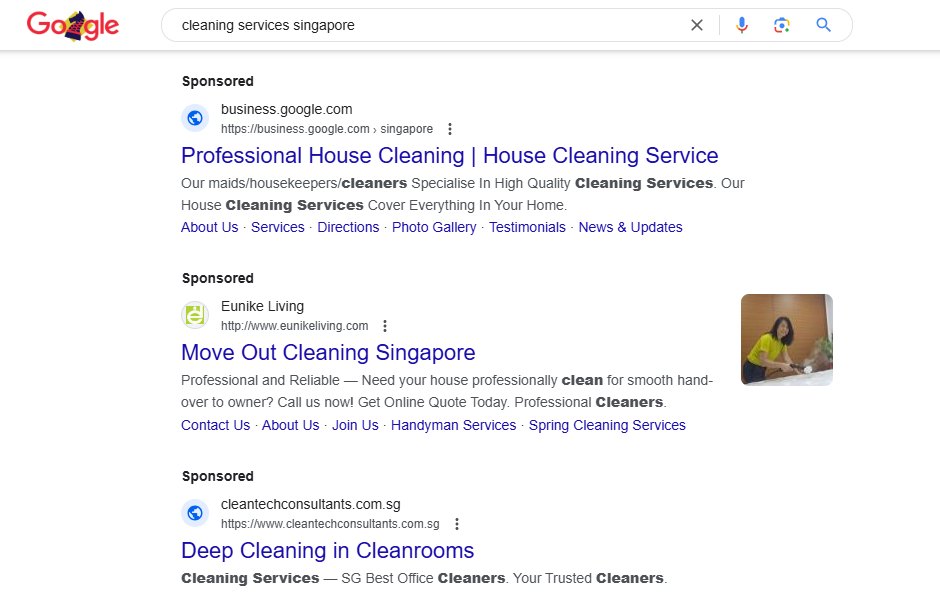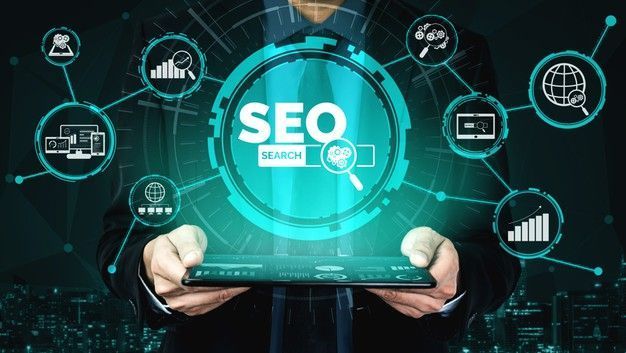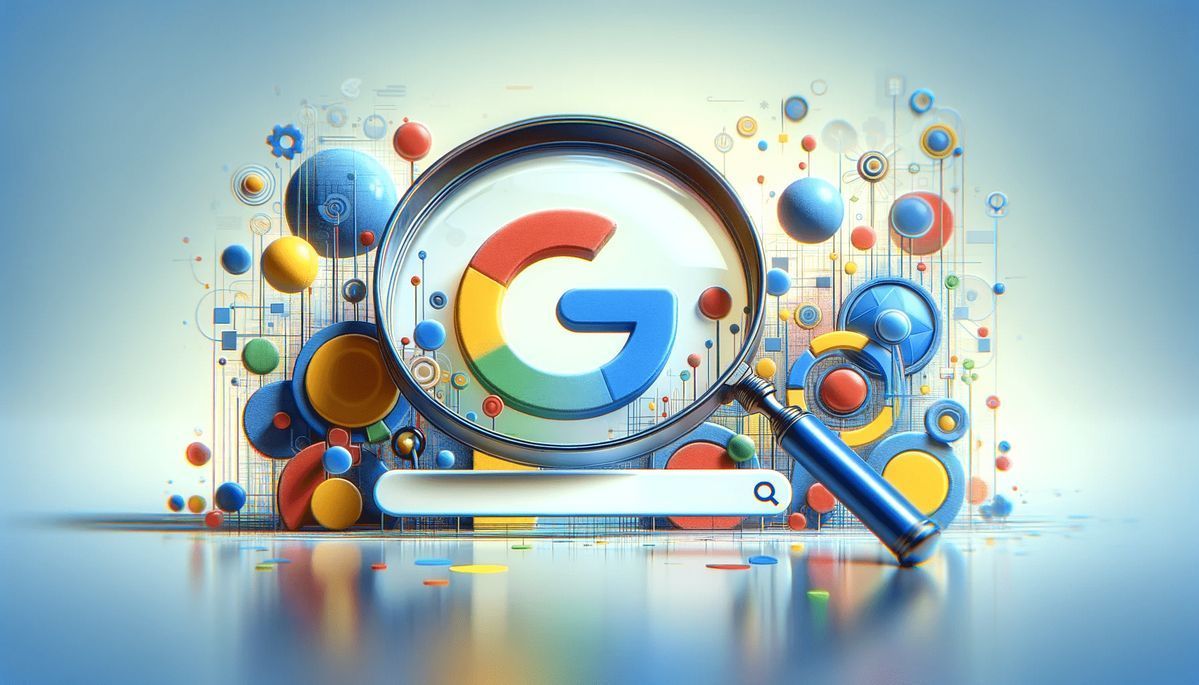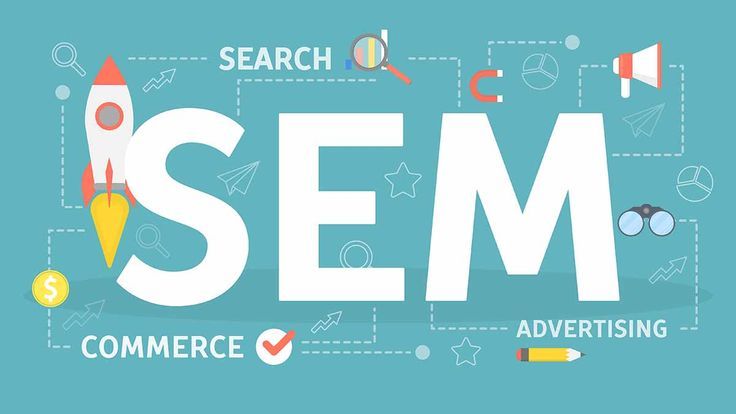CFO GROUP INTEGRATED SERVICES
Maximize Your Reach: How to Improve SEM for Better Results
CMO Media Lab Pte Ltd • November 12, 2024
Key Takeaways
- SEO and Google Ads are integral to Search Engine Marketing (SEM).
- Effective SEM requires a strategic blend of SEO and Google Ads.
- Keyword research is fundamental to both SEO and Google Ads.
- Ad copy and landing page optimization can improve ad performance and drive conversions.
- On-page SEO optimization enhances user experience and search visibility.
- Google Ads is a powerful tool for creating and managing paid search ads.
Understanding SEM, SEO, and Google Ads
What is Search Engine Marketing (SEM)?
Search engine marketing uses paid advertising to ensure your business's products or services are visible on search engine results pages (SERPs). When a user types in a specific keyword, SEM enables your business to appear as a top result for that search query.
SEM is technically an umbrella term encompassing all search engine marketing, but it's generally used to discuss paid search marketing. When speaking specifically about organic marketing, we're talking about SEO.
What is Search Engine Optimization (SEO)?
Conversely, SEO is a digital marketing strategy that improves a website’s visibility in organic (non-paid) search engine results. SEO involves numerous methods, techniques, and tactics, such as using relevant keywords in your website’s content, optimizing meta tags, creating high-quality content, and building quality backlinks from other reputable sites.
SEO aims to make a website more attractive to search engines so it ranks higher in the search results for relevant keywords and phrases. It can be divided into two main parts:
- On-page SEO involves optimizing individual pages of a website to rank higher and earn more relevant traffic in search engines. It refers to a page's content and HTML source code that can be optimized.
- Off-page SEO refers to actions taken outside your website to impact your rankings within SERPs. This includes tactics like link building, social bookmarking, and social media marketing.
What is Google Advertising?
Google Ads is an online advertising platform by Google that allows businesses to create paid ads to promote their products or services. These ads appear on Google’s search engine results pages (SERPs), YouTube, and the Google Display Network.
The platform enables advertisers to target specific keywords, ensuring their ads are shown to users actively searching for relevant products or services. One of Google Ads' key advantages is its ability to track and measure performance through metrics like conversion rate, which shows how effectively the ads turn clicks into desired actions, such as purchases, sign-ups, or inquiries.
This combination of precise keyword targeting and performance tracking makes Google Ads a powerful tool for businesses seeking to maximize online visibility and achieve measurable results.
The Relationship Between SEO, Google Ads, and SEM
Search Engine Marketing (SEM) is the umbrella term that covers all strategies to increase a website's visibility on search engines. SEO (Search Engine Optimization) and Google Ads (Pay-Per-Click advertising) fall under SEM because they focus on improving how easily potential customers can find a website on platforms like Google.
SEO works organically by optimizing content, keywords, and technical elements to rank higher in unpaid search results. At the same time, Google Ads achieves visibility through paid advertising, displaying targeted ads at the top of search results. Together, they form a comprehensive SEM strategy, combining free and paid methods to maximize a brand's presence online.
Comparison Between SEO and Google Ads
SEO (Search Engine Optimization) and Google Ads (Pay-Per-Click Advertising) are both crucial components of Search Engine Marketing (SEM). Still, they differ in approach, cost, time-to-results, and sustainability. SEO focuses on optimizing your website to rank higher in organic search engine results without paying for placements.
This involves strategies like keyword targeting, content creation, and technical optimization, which help improve a site’s visibility over time. On the other hand, Google Ads is a paid platform where businesses bid on specific keywords to display ads in search results or across the Google network, providing immediate visibility for a fee.
SEO results appear organically below the paid ads and are often perceived as more trustworthy by users since they are earned through optimization rather than paid for. For example:
Shopping search engines assist users in finding products across various online retailers by aggregating listings and allowing for price comparisons. They typically feature filters for product specifications, prices, and reviews, making it easier for consumers to make informed purchasing decisions.
In terms of cost, SEO is often seen as a "free" strategy since there are no direct costs for appearing in organic results. However, implementing and maintaining requires significant time, expertise, and tools. Google Ads, in contrast, operates on a pay-per-click (PPC) model, meaning you pay for each click your ad receives. While this can quickly drive traffic, it requires careful budgeting to avoid overspending.
Both approaches rely on keyword strategies, but with Google Ads, you bid on competitive keywords, ensuring that your ads appear prominently for relevant searches.
Regarding time-to-results, SEO is a long-term strategy that can take weeks or months to show significant improvements, as search engines need time to index and rank content. Google Ads, however, delivers instant results, making it ideal for time-sensitive promotions or quick boosts in visibility.
Sustainability also sets the two apart: SEO provides lasting benefits, as a well-optimized page can continue to rank even with minimal updates, whereas Google Ads only remains active as long as the advertising budget is maintained.
SEO Strategies to Improve Search Engine Marketing (SEM)
#1 Conducting Keyword Research and Targeting
Effective SEM starts with identifying keywords that align with user intent. This involves researching both high-traffic target keywords and long-tail keywords, which are longer, more specific phrases that cater to niche queries. Because they closely match user intent, long-tail keywords often have less competition and higher conversion potential.
Keyword research tools like Google Keyword Planner or SEMrush help pinpoint competitive keywords that can drive traffic to your website. Once identified, these keywords should seamlessly integrate into your website content, including titles, headers, and meta descriptions.
This approach boosts organic rankings and aligns with Google Ads campaigns, ensuring consistency and maximizing visibility across organic and paid search efforts.
#2 Creating High-Quality, Relevant Content
In SEM, content is the backbone of driving both organic traffic and paid ad performance. SEO emphasizes creating high-quality, valuable, relevant content that addresses your target audience's queries.
This can include well-structured blogs, in-depth articles, FAQs, and informative landing pages. By naturally incorporating target and long-tail keywords into the content, you improve its relevance and likelihood of appearing in search results.
High-quality content also reduces bounce rates and keeps users engaged, signaling to search engines that your site is trustworthy. Furthermore, this content lays the groundwork for ad campaigns, as users are more likely to convert to informative pages tailored to their needs.
#3 On-Page SEO Optimization
On-page SEO ensures your website is optimized for search engines and user experience. This involves fine-tuning elements like title tags, meta descriptions, headers, URLs, and internal linking structures. By incorporating target keywords into these elements, you improve the relevance of your pages for search engines.
Optimized meta descriptions and title tags also enhance the click-through rate (CTR) from search engine results pages, driving more organic traffic. Additionally, a well-optimized website benefits your SEM efforts by ensuring that paid visitors have a seamless experience.
This consistency between SEO and Google Ads campaigns boosts your Quality Scores, reduces ad costs, and creates a unified experience for your target audience.
#4 Improving Website Speed and Mobile Usability
Website speed and mobile usability are critical factors in SEO and SEM success. Search engines prioritize fast-loading, mobile-friendly websites because they deliver a better user experience.
Slow-loading pages or non-responsive designs can deter users and negatively affect your search rankings. Analytics tools like Google PageSpeed Insights can help you identify issues affecting load times and mobile responsiveness.
Optimizing these aspects ensures your website caters to organic and paid traffic, keeping your target audience engaged. This leads to higher conversion rates across both channels, making your SEM strategy more effective.
#5 Building Backlinks for Authority
Building backlinks from reputable, authoritative websites is one of the most effective ways to improve your site's credibility and organic rankings. Backlinks act as endorsements, signaling search engines that your content is trustworthy.
Building backlinks from reputable, authoritative websites is one of the most effective ways to improve your site's credibility and organic rankings. Backlinks act as endorsements, signaling search engines that your content is trustworthy.
In SEM, a strong backlink profile enhances your visibility, creating a positive impression on users who discover your site through organic and paid search results. This synergy strengthens the impact of your SEO efforts on your overall SEM strategy.
#6 Technical SEO Enhancements
Technical SEO ensures that your website is easy for search engines to crawl, index, and display to users. This includes fixing errors like broken links, optimizing your sitemap, and ensuring a clean, logical site structure.
You can identify and resolve issues affecting your site’s performance using analytics tools, such as slow-loading pages or missing metadata. A technically sound website boosts organic rankings and creates a reliable foundation for ad campaigns.
This consistency reassures organic and paid visitors, improving user experience and making them more likely to convert. Addressing these technical elements strengthens your SEM strategy and improves overall performance.
#7 Local SEO for Geo-Targeted Campaigns
Local SEO is crucial in SEM success for businesses targeting local audiences. Optimize your Google My Business profile by adding accurate information, including your address, phone number, and business hours, along with high-quality images.
Use long-tail keywords specific to your location, such as "best legal services in Singapore," to effectively target local searches. Creating location-specific landing pages that cater to the needs of your target audience further improves your local visibility.
Encourage customers to leave positive reviews, which boosts your reputation and rankings in local search results. When combined with location-based Google Ads campaigns, these efforts ensure a strong and consistent presence for geo-targeted searches.
Google Ads Strategies to Improve Search Engine Marketing (SEM)
#1 Keyword Optimization with Intent Matching
The foundation of a successful Google Ads campaign lies in targeting the right keywords. Utilize tools like Google Keyword Planner and Google Trends to research keywords with high search volume, relevance, and a manageable cost-per-click (CPC).
Analyzing keyword performance lets you focus on terms that drive the best results. Incorporate negative keywords into your campaign to avoid wasting your budget on irrelevant searches, improving the efficiency of your PPC campaigns.
Additionally, align your keyword strategy with your SEO efforts by targeting the same terms, ensuring consistency in paid and organic campaigns. This approach improves ad relevance, Quality Scores, and your website’s overall search visibility in results.
#2 Compelling Ad Copy and CTAs
Compelling ad copy is essential for grabbing attention and encouraging clicks in the ad auction process. Create headlines that immediately address the user’s problem or need and pair them with clear, benefit-driven descriptions.
For example, highlight your unique selling proposition (USP), such as free shipping, limited-time discounts, or superior quality. A strong call to action (CTA) like “Shop Now,” “Learn More,” or “Get a Free Quote” further guides the user toward action.
#3 Ad Extensions for Enhanced Visibility
Ad extensions provide additional information that makes your ads more valuable and clickable. Sitelinks can direct users to specific pages on your site, such as product categories or contact forms. Callout extensions highlight critical features like "24/7 Support" or "Free Returns," while structured snippet extensions let you showcase offerings like product types or services.
These extensions expand your ad's real estate in the ad auction, boosting its visibility and CTR. Paired with SEO efforts like structured data and meta descriptions, they create a cohesive user experience that enhances organic and PPC campaign performance.
#4 Audience Targeting and Segmentation
Google Ads allows you to define your audience based on demographics, location, behavior, and interests. For example, if you sell baby products, you can target parents or expectant families. Additionally, remarketing campaigns can re-engage users who have previously visited your website but didn’t convert.
By analyzing your SEO traffic and keyword performance, you can create remarketing lists and refine your ad targeting to ensure that your PPC campaigns reach the most relevant audiences and maximize ROI. This combination enhances your search visibility and helps focus on high-converting segments.
#5 Landing Page Optimization
The landing page experience plays a crucial role in the success of your Google Ads campaigns. If users click on your ad but find the landing page irrelevant or poorly designed, they will likely leave without converting. Ensure your landing pages are visually appealing, mobile-friendly, and aligned with the ad's messaging.
Use clear headlines, bullet points, and CTAs to guide users toward taking the desired action. By optimizing landing pages for both SEO and pay-per-click ads, you improve Quality Scores, reduce CPC, and increase conversion rates, making your SEM strategy more effective overall.
#6 A/B Testing for Continuous Improvement
A successful SEM strategy relies on data-driven decisions. Use Google Ads’ conversion tracking tools to monitor key performance indicators (KPIs) such as click-through rates (CTR), cost-per-acquisition (CPA), and return on ad spend (ROAS).
Analyze keyword performance and the impact of negative keywords regularly to identify high-performing campaigns and optimize underperforming ones. For example, if specific keywords consistently drive conversions, increase your bids for those terms.
The insights gained from tracking can also inform your SEO strategy, ensuring both SEM components work together effectively to improve overall pay-per-click ad performance.
The Importance of SEM in Driving Traffic and Conversions
1. Immediate Visibility Through Paid Search Advertising
Unlike SEO efforts, which take time to improve rankings organically, paid search advertising ensures instant visibility on search engines. Using platforms like your Google Ads account, you can bid on high-value keywords and appear at the top of search results, often above organic listings. This positions your brand directly in front of users actively seeking your products or services, increasing the chances of clicks and conversions.
2. Alignment with Search Engine Algorithms
SEM campaigns are designed to work harmoniously with search engine algorithms, ensuring that ads are shown to the most relevant audience. By understanding how these algorithms rank ads based on factors like relevance, quality score, and bid amount, businesses can optimize their campaigns for better performance. This alignment enhances ad visibility and user engagement, driving more targeted traffic.
3. Precision Targeting for Higher-Quality Traffic
With SEM, you can target users based on search intent, demographics, location, and device usage. For instance, linking your campaign to tools like Google Search Console gives you insights into what keywords and queries users search for. This data helps refine your ads to match user behavior, leading to higher-quality traffic and better conversion rates.
4. Complements SEO Efforts for Long-Term Growth
While SEO efforts focus on improving organic rankings, SEM ensures immediate traffic through paid search advertising. The synergy between the two can amplify your overall digital marketing results. For example, data from your Google Ads account can reveal high-performing keywords that can be incorporated into your SEO strategy, creating a cohesive approach to capturing search engine users.
5. Data-driven optimization for Maximum ROI
SEM provides extensive analytics to monitor campaign performance, allowing for real-time adjustments. Tools like Google Search Console and your Google Ads account offer insights into metrics such as click-through rates (CTR), cost-per-click (CPC), and conversion rates. These metrics help businesses refine their ads, targeting, and bidding strategies to maximize their return on investment (ROI).
Top Search Engine Marketing Tools
1. SEMrush
SEMrush is one of the most popular SEM tools on the market. It provides comprehensive
search engine optimization, PPC research, competitor analysis, and backlink tracking. With SEMrush, you can identify the keywords your competitors are ranking for and use that information to develop more effective SEM strategies. The tool also provides visibility into the paid search landscape, including ad copy and landing pages.
2. Google Ads Editor
A free, downloadable application from Google that allows for offline management of Google Ads campaigns. It facilitates bulk edits, campaign creation, and performance analysis, streamlining the ad management process.
3. Ahrefs
Ahrefs is another powerful SEM tool for tracking your competitors’ backlinks and improving their SEO strategies. The tool lets you see which keywords your competitors rank for and the sites linking to them. Ahrefs also provides keyword research capabilities and content analysis tools to help you create high-quality content that ranks well in search engine results pages.
4. Optmyzr
A PPC management tool designed to optimize and automate various aspects of SEM campaigns. Optmyzr offers features like one-click optimizations, data insights, and customized reporting, enhancing advertisers' efficiency.
5. Google Keyword Planner
Google’s Keyword Planner is another free tool for identifying the most relevant keywords to target in your ads and content. The tool provides information on search volume, competition, and suggested bid amounts for each keyword. This data can be used to create more effective ad campaigns and content strategies.
Conclusion
A balanced approach combining SEO and Google Ads is essential to improving SEM. SEM integrates SEO for long-term organic growth through keyword optimization, content creation, and technical enhancements with Google Ads for immediate visibility via targeted paid campaigns. This synergy ensures businesses effectively reach their audience through organic results or paid placements.
SEM drives traffic, boosts conversions, and increases brand visibility. Tools like Google Analytics, SEMrush, and Keyword Planner help track performance and optimize strategies. A unified SEM strategy allows businesses to dominate search results, attract high-intent users, and achieve sustainable success.
Simplify Your SEM Campaigns with CMO Media Lab
Managing your SEM campaigns doesn’t have to be overwhelming. At CMO Media Lab, we ensure your campaigns run smoothly while maximizing search engine results.
Why Choose CMO Media Lab?
- Data-Driven Insights and Ongoing Optimization: Success is a moving target, and we keep you ahead of the curve. With real-time analytics, conversion tracking, and continuous performance monitoring, we fine-tune your campaigns to ensure you stay aligned with your business goals while achieving maximum returns.
- End-to-End SEM Mastery: We've got you covered whether you want to rank higher organically or dominate paid search ads. Our expertise in SEO and Google Ads means you don’t have to choose—our strategies give you the best of both worlds under one roof.
- Results You Can See, Value You Can Trust: At CMO Media Lab, we don’t just promise results; we deliver them. With transparent reporting and a commitment to excellence, we ensure your SEM campaigns are more than just an expense—they’re your competitive advantage.
With our dedication to excellence, we’re here to help you navigate the world of search engine marketing and achieve exceptional results! Let our SEM experts optimize your campaigns and propel your business forward.
Contact us to start driving targeted traffic and increasing visibility! With our unwavering commitment, we’re here to help you conquer the local landscape and thrive like never before! Let our local SEO experts take your business to the next level. Click below to start driving local traffic and boosting your online presence!
